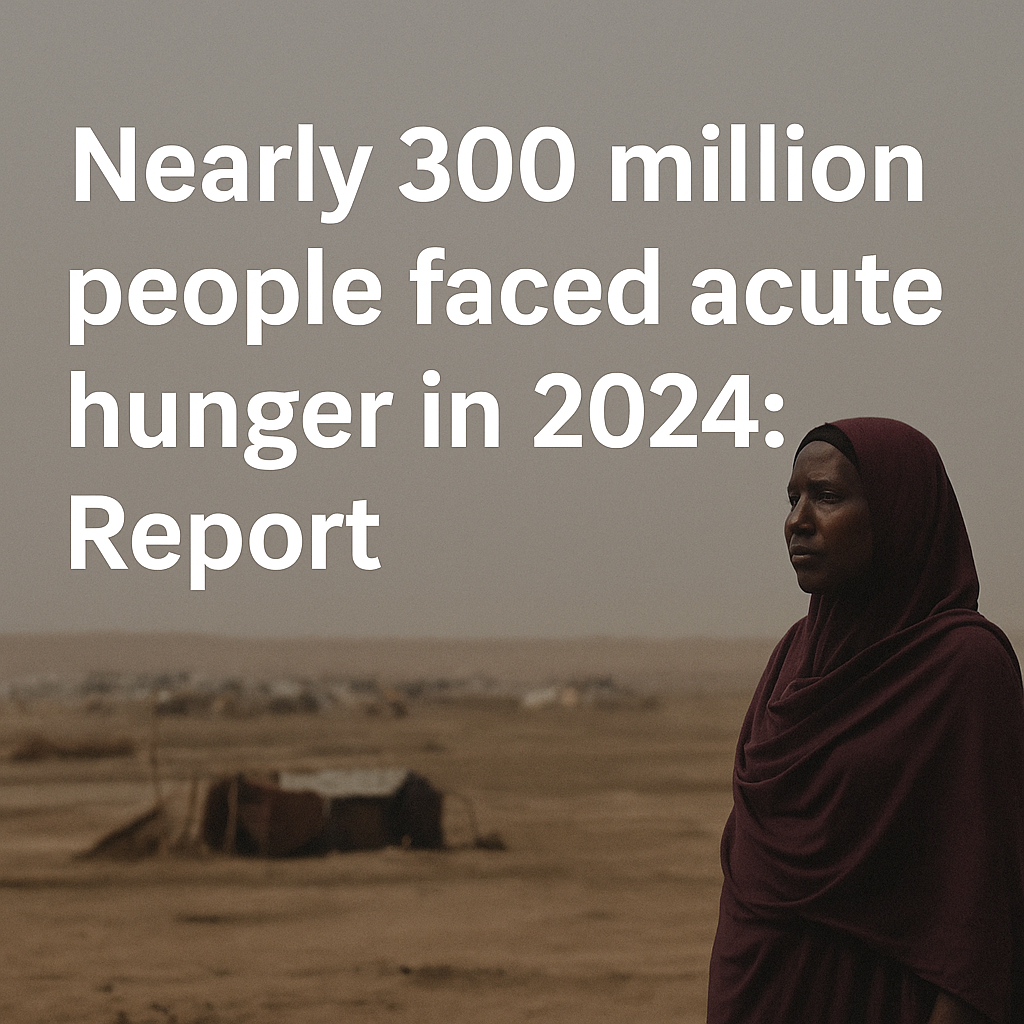
Tree Shrews Redefined – A Landmark Study by ZSI
April 28, 2025
Thematic Focus: Biodiversity & Taxonomy | GS Paper 3 – Environment

🕊️ Intro Whisper:
Even the smallest creatures carry the signature of an ancient story — written in their skulls, shaped by time.
🔹 Key Highlights: Tree Shrews Redefined – A Landmark Study by ZSI
- A new Zoological Survey of India (ZSI) study reclassifies South Asian tree shrews.
- Published in Ecology and Evolution journal, it rewrites taxonomy and conservation priorities.
- Tree shrews belong to Order Scandentia, not true shrews or squirrels.
- New findings:
- Nicobar tree shrew is now confirmed as the largest (not smallest) in South Asia.
- Revealed subtle morphological differences among:
- Madras tree shrew
- Northern tree shrew
- Nicobar tree shrew
- 100+ years of museum specimens were analyzed using:
- 22 cranial and 4 external morphometric markers
- Advanced statistical and morphometric modeling
- DNA studies now recommended to complete the phylogenetic tree.
- Highlights tree shrews’ role in ecosystems: seed dispersal, insect control.
- Emphasizes importance of museum archives and modern techniques in wildlife science.
- Urges tailored conservation for island species like those in Nicobar.
🧭 Concept Explainer:
Tree shrews often fall into the taxonomic twilight — misclassified, under-studied, and overlooked in conservation. This study reflects a critical shift in ecological science, showing how non-charismatic fauna hold immense ecological value. The implications extend beyond species — they touch on the ethics of how we preserve, study, and protect the diversity of life.
🧾 GS Mapping:
- GS Paper 3: Environment | Biodiversity | Conservation | Scientific Research
- GS Paper 1 (optional relevance): Bio-geography | Species Mapping
💠 A Thought Spark — by IAS Monk:
“In the skull of a tree shrew lies a forgotten map — of islands, time, and evolution’s gentle handwriting.”


















